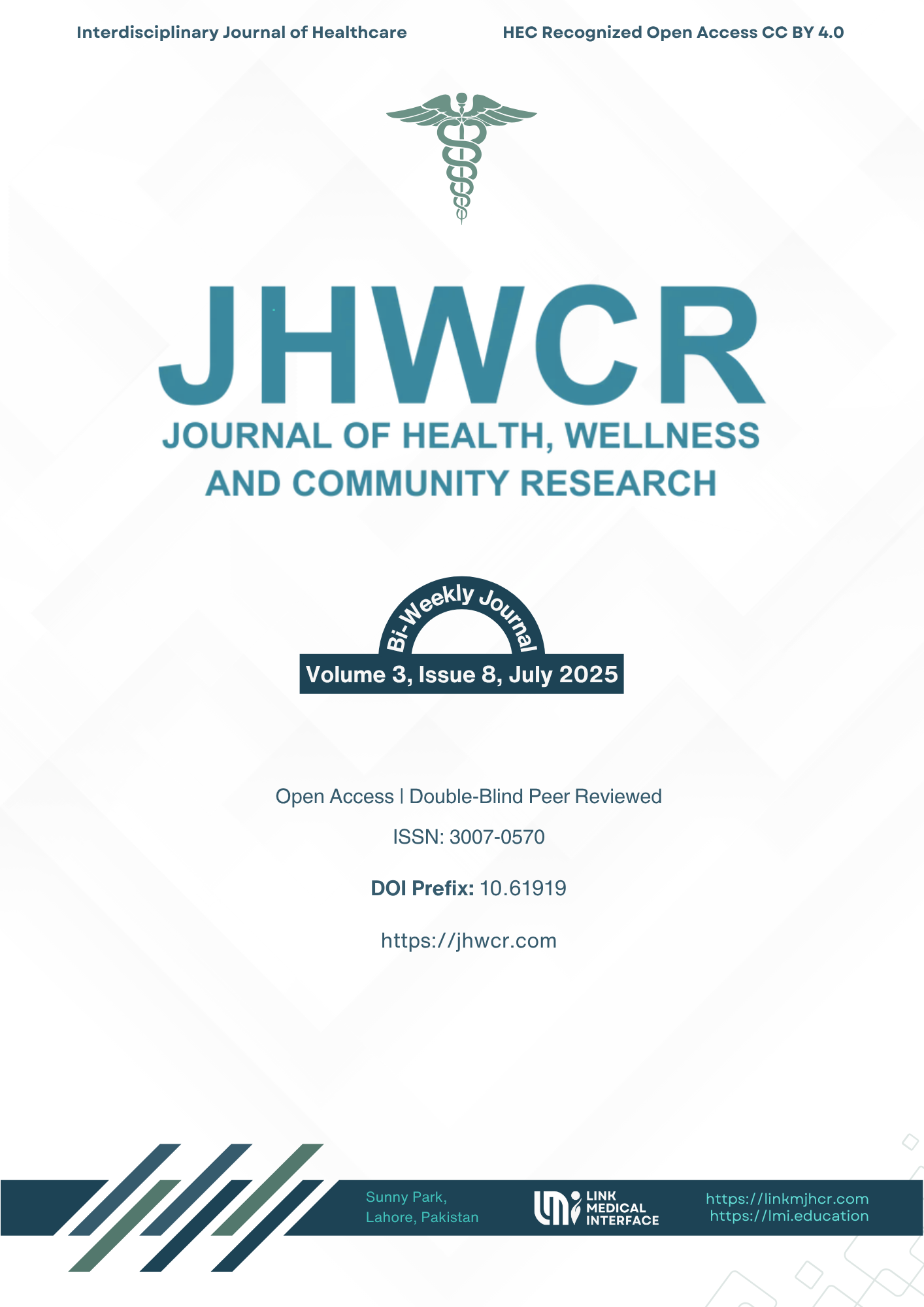Feeding Practices in Children with Severe Acute Malnutrition......
This article has been withdrawn at the author’s request in light of an unintended overlap in editorial processes. We appreciate the author's cooperation.
DOI:
https://doi.org/10.61919/690jtv08Abstract
This article has been withdrawn at the author’s request in light of an unintended overlap in editorial processes. We appreciate the author's cooperation.
Published
2025-07-05
Issue
Section
Articles
License
Copyright (c) 2025 Sami Ullah, Mohsin Hayat, Shahid Ali, Mian Muhammad, Muhammad Waqar, Inam Ullah (Author)

This work is licensed under a Creative Commons Attribution 4.0 International License.
How to Cite
1.
Mohsin Hayat. Feeding Practices in Children with Severe Acute Malnutrition. : This article has been withdrawn at the author’s request in light of an unintended overlap in editorial processes. We appreciate the author’s cooperation. JHWCR [Internet]. 2025 Jul. 5 [cited 2025 Nov. 29];3(8):e490. Available from: https://jhwcr.com/index.php/jhwcr/article/view/490


